Post-Fukushima, Asia still drives global nuclear growth
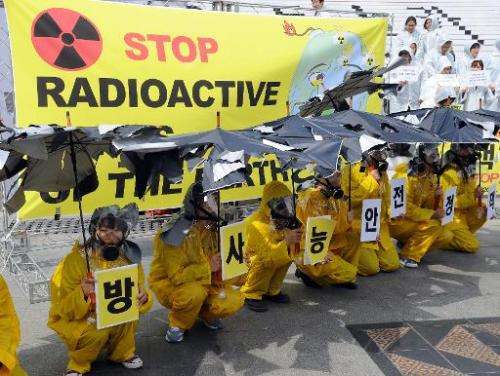
Safety concerns in the wake of the Fukushima reactor disaster in Japan have done little to curb Asia's ambitious plans for expanding the role of nuclear power in the regional energy mix.
Led by China and India, Asia will continue to drive growth in the global nuclear industry over the next two decades, according to experts attending the World Energy Congress (WEC) in Daegu, South Korea.
"There will be an increase of nuclear power globally, but Asia will be at the centre of that, especially China, India and South Korea," Yukiya Amano, head of the International Atomic Energy Agency (IAEA) told AFP on the sidelines of the triennial gathering.
Doubts over the safety of atomic energy following the Fukushima crisis caused the IAEA to cut marginally its long-term outlook for the nuclear industry.
In its last annual report, the UN atomic agency projected the industry could nearly double its capacity by 2030, mainly due to growth in Asia.
Amano noted that around 70 new nuclear power reactors are being built at the moment—50 of them in Asia—in addition to the more than 430 already in operation worldwide.
At the annual gathering of the IAEA's 159 member states in Vienna last month, China made it clear that Fukushima would not derail its own expansion policy.
China has 17 nuclear reactors in operation, another 30 under construction and plans to build a further 59.
"Energy in China is very much diversified and nuclear power will become one of our main alternatives," Liu Zhenya, the president and CEO of State Grid Corp. of China, told AFP in Daegu.
"That will not change, despite the nuclear crisis in Japan," Liu said.
As China's energy requirements soar along with economic growth and rapid urbanisation, experts say Beijing cannot afford to stop developing its nuclear sector, although they expect it to increase its share of renewables such as solar and wind power in the longer term.
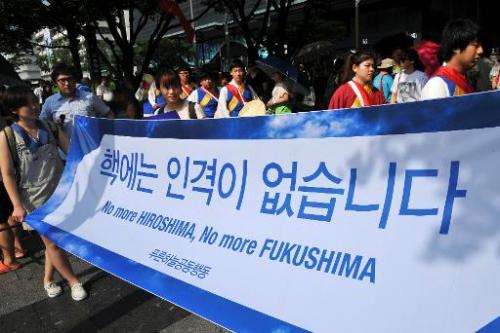
"China needs to invest in all forms of energy more than any other country. It has no other choice in the short term," said Karl Rose, the WEC's Senior Director for Policy and Scenarios.
Asia's third-largest economy, India, which is still plagued by energy shortfalls, also has ambitious plans for its nuclear sector.
With 20 reactors already in operation, seven under construction and another 18 on the drawing board, India hopes to generate 63,000 megawatts of nuclear power by 2030—part of a planned near 15-fold rise from current levels.
Nuclear energy has been a priority for India since 2008 when then-US president George W. Bush signed into law a deal with New Delhi that ended a decades-old ban on US civilian nuclear trade with the country.
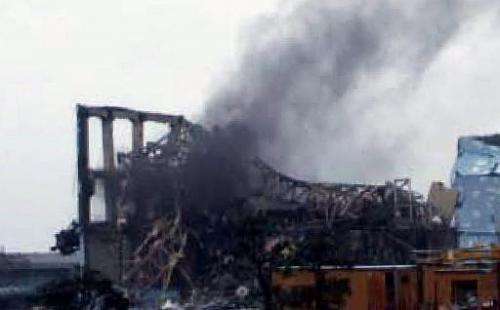
The country's largest nuclear plant, in the southern state of Tamil Nadu, began operations in July, despite large public protests and opposition from anti-nuclear activists.
Critics said the plant was located in a seismically sensitive area and therefore vulnerable to a Fukushima-style disaster.
"There is a lot of public unease after Fukushima about the dangers of nuclear power stations, but countries with no other alternatives have to use nuclear power," Rose said.
South Korea's nuclear industry is struggling to regain public confidence after a torrid year that saw a major scandal over forged safety certificates at a number of plants add to post-Fukushima concerns.
Until now, Seoul has insisted it will push ahead with plans to add another 16 reactors to the 23 existing units by 2030.
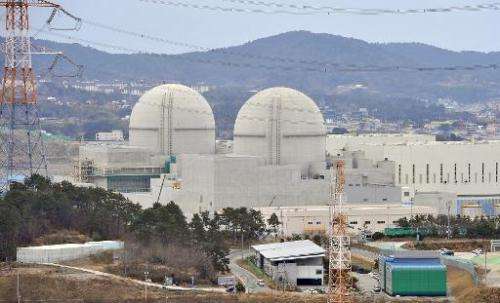
Last weekend, however, a government advisory group recommended scaling back the nuclear expansion plans to "minimise social conflict."
Instead of aiming for a 41 percent share for nuclear power in the national energy profile by 2035, the panel suggested a figure of under 30 percent.
Japanese officials in Daegu have argued that nuclear power should also remain a key part of Japan's energy mix.
Japan shut down all 50 commercial reactors in the wake of the crisis at the Fukushima plant.
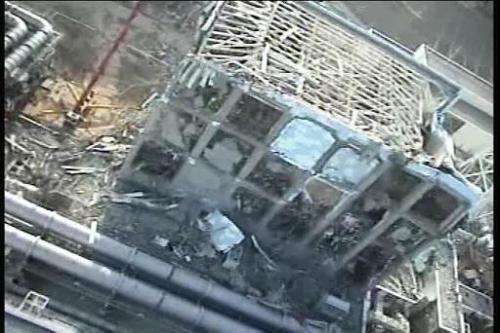
Two reactors were restarted in July last year, but were taken offline again last month for inspections, leaving the country without any nuclear power.
Prime Minister Shinzo Abe has openly backed a return to the widespread use of atomic energy, but the Japanese public remains divided, with opponents citing continued safety fears.
Rose said keeping the reactors permanently switched off would be disastrous for such a highly energy-intensive economy as Japan's.
"Whatever transition you have to make, it has to be in a measured phase," he said.
© 2013 AFP





















